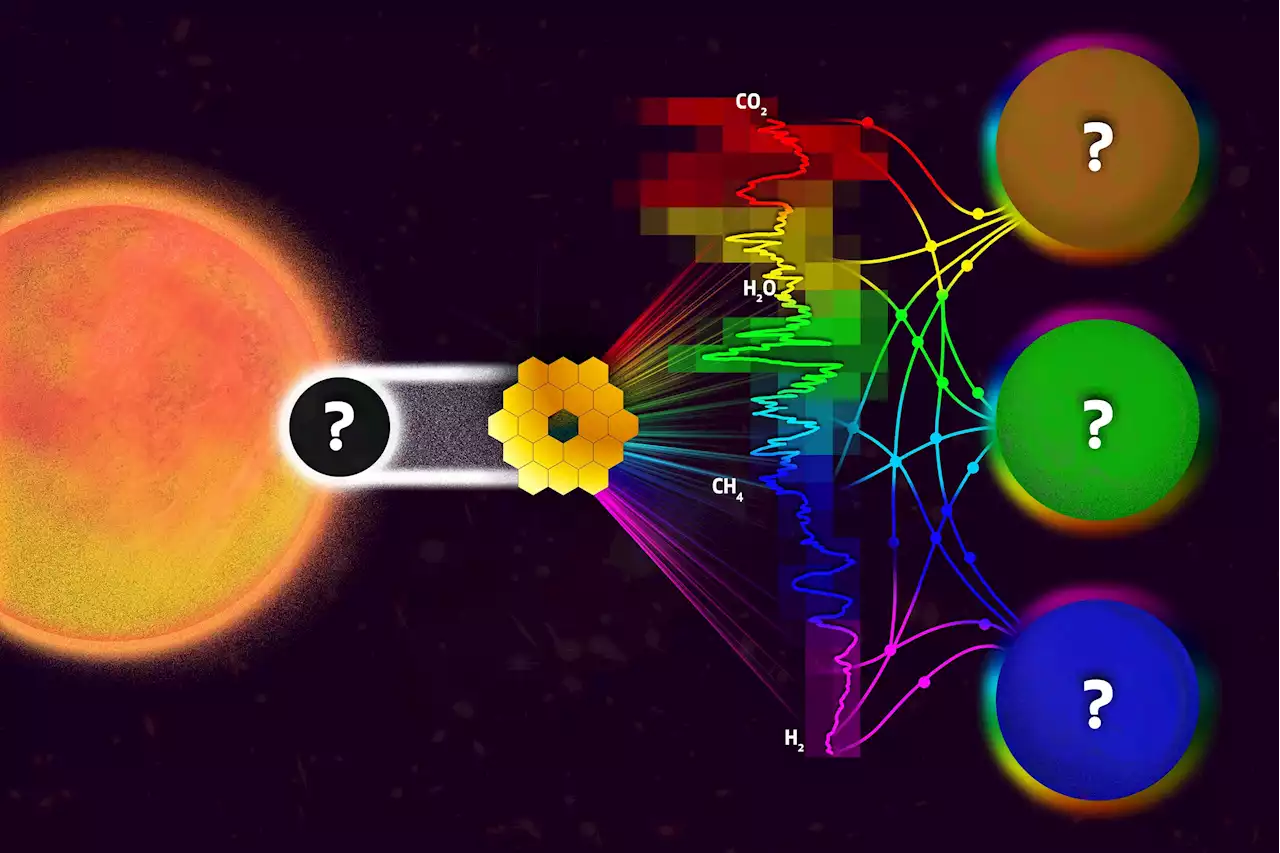Refining current opacity models will be key to extracting details of exoplanet properties — and signs of life — in data from the powerful new telescope. NASA’s James Webb Space Telescope (JWST) is revealing the universe with breathtaking, unprecedented clarity. Already, the observatory’s spectacu
“There is a scientifically significant difference between a compound like water being present at 5 percent versus 25 percent, which current models cannot differentiate.” —study indicates that the tools astronomers typically use to decode light-based signals may not be good enough to accurately interpret the new telescope’s data.
“Currently, the model we use to decrypt spectral information is not up to par with the precision and quality of data we have from the James Webb telescope,” adds EAPS graduate student Prajwal Niraula. “We need to up our game and tackle together the opacity problem.”Nature Astronomy An opacity model works on the basis of various assumptions of how light interacts with matter. Astronomers use opacity models to derive certain properties of a material, given the spectrum of light that the material emits. In the context of, an opacity model can decode the type and abundance of chemicals in a planet’s atmosphere, based on the light from the planet that a telescope captures.
They found that, based on the same light spectra, each perturbed model produced wide-ranging predictions for the properties of a planet’s atmosphere. Based on their analysis, the team concludes that, if existing opacity models are applied to light spectra taken by thewall.” That is, they won’t be sensitive enough to tell whether a planet has an atmospheric temperature of 300 Kelvin or 600 Kelvin, or whether a certain gas takes up 5 percent or 25 percent of an atmospheric layer.
“We found that there are enough parameters to tweak, even with a wrong model, to still get a good fit, meaning you wouldn’t know that your model is wrong and what it’s telling you is wrong,” de Wit explains.
United States Latest News, United States Headlines
Similar News:You can also read news stories similar to this one that we have collected from other news sources.
 Astronomers may be getting Webb's exoplanet measurements wrong, study suggestsCompositions of exoplanet atmospheres may be skewed because models don't match James Webb Space Telescope's precision.
Astronomers may be getting Webb's exoplanet measurements wrong, study suggestsCompositions of exoplanet atmospheres may be skewed because models don't match James Webb Space Telescope's precision.
Read more »
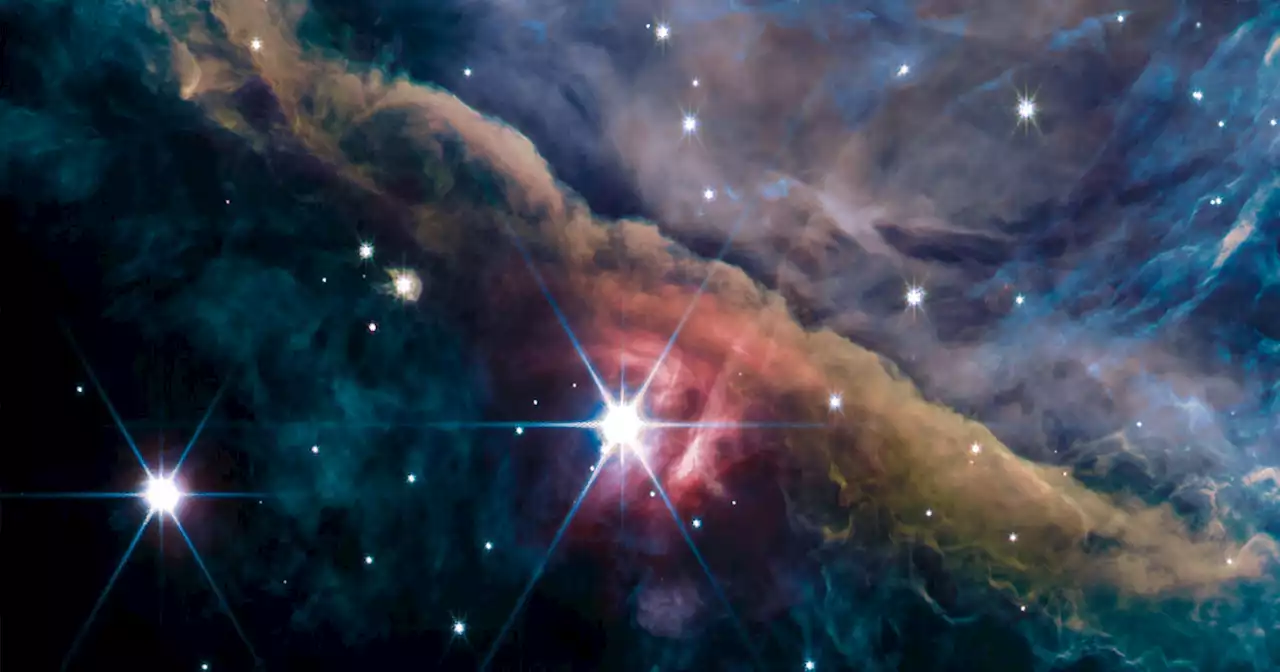 Astronomers Are Losing Their Minds Over 'Breathtaking' New James Webb ImagesNew James Webb Space Telescope images of the Orion Nebula reveal why this spacecraft continues to wow even the most no-nonsense scientists.
Astronomers Are Losing Their Minds Over 'Breathtaking' New James Webb ImagesNew James Webb Space Telescope images of the Orion Nebula reveal why this spacecraft continues to wow even the most no-nonsense scientists.
Read more »
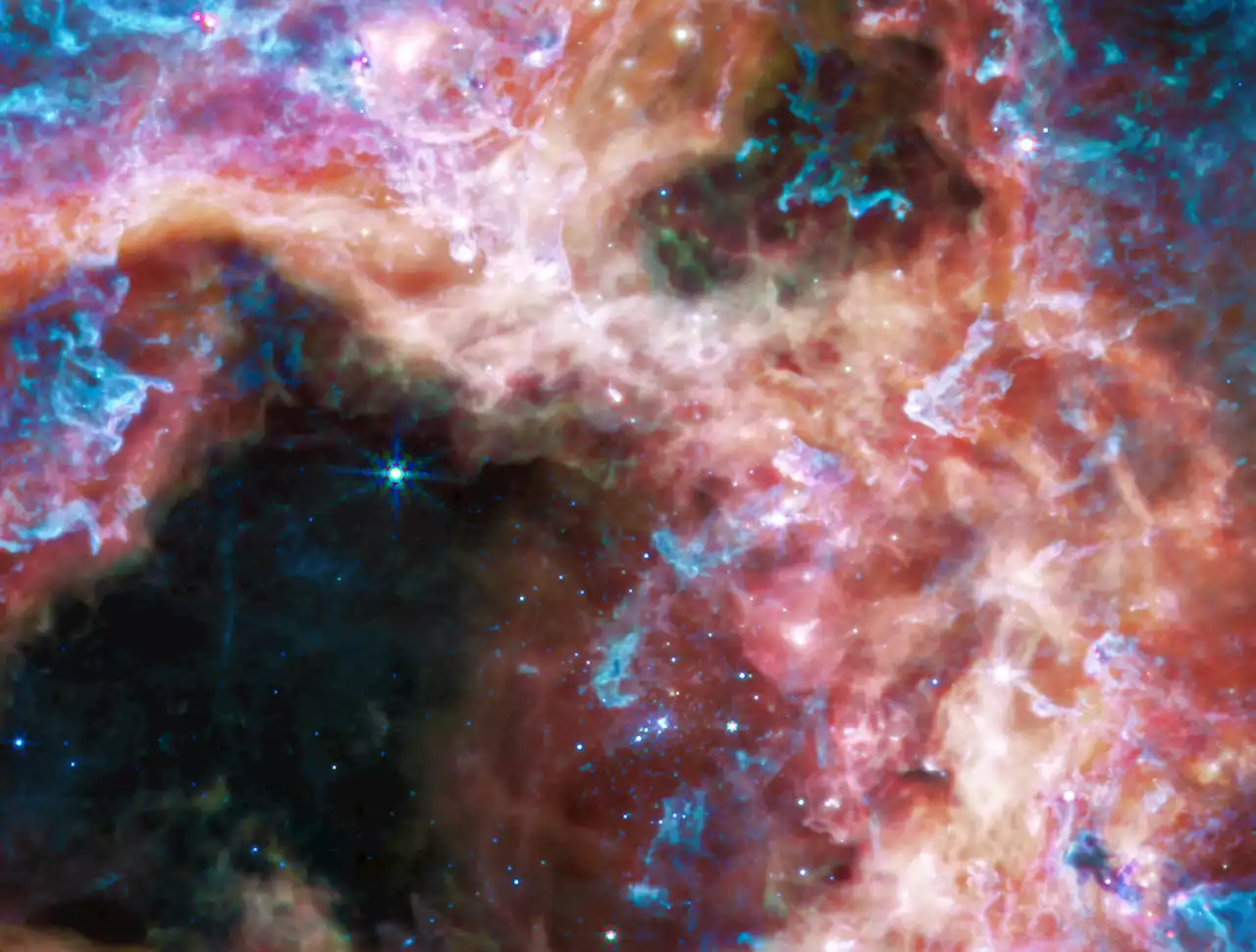 Meet Judy Schmidt, the 'Citizen Scientist' Turning Webb Telescope Data Into Stunning Images | Artnet NewsNew views of the cosmos from the James Webb Space Telescope are rolling in, some processed for NASA by citizen scientist Judy Schmidt.
Meet Judy Schmidt, the 'Citizen Scientist' Turning Webb Telescope Data Into Stunning Images | Artnet NewsNew views of the cosmos from the James Webb Space Telescope are rolling in, some processed for NASA by citizen scientist Judy Schmidt.
Read more »
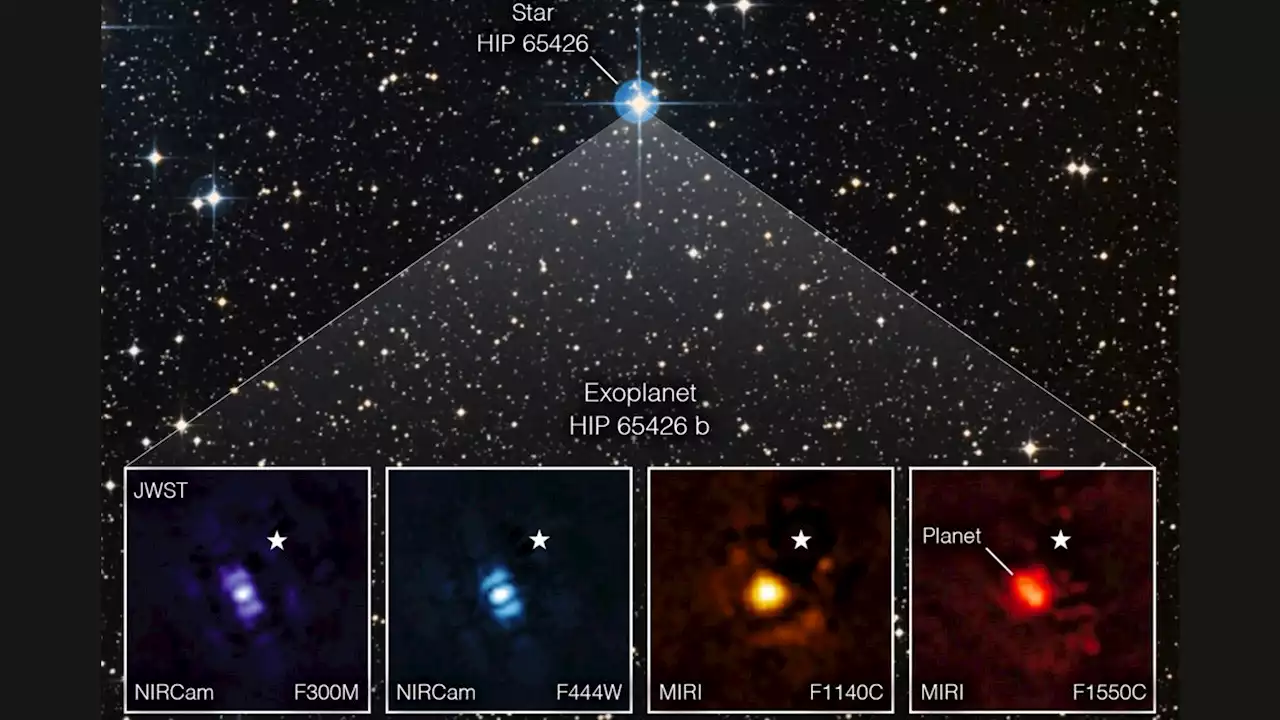 Northwestern Astronomer Part of Webb Telescope Team to Image ExoplanetFor the first time, the James Webb Space Telescope has been used to directly image an exoplanet — that’s a planet outside of our solar system. A Northwestern astronomer was part of the team.
Northwestern Astronomer Part of Webb Telescope Team to Image ExoplanetFor the first time, the James Webb Space Telescope has been used to directly image an exoplanet — that’s a planet outside of our solar system. A Northwestern astronomer was part of the team.
Read more »
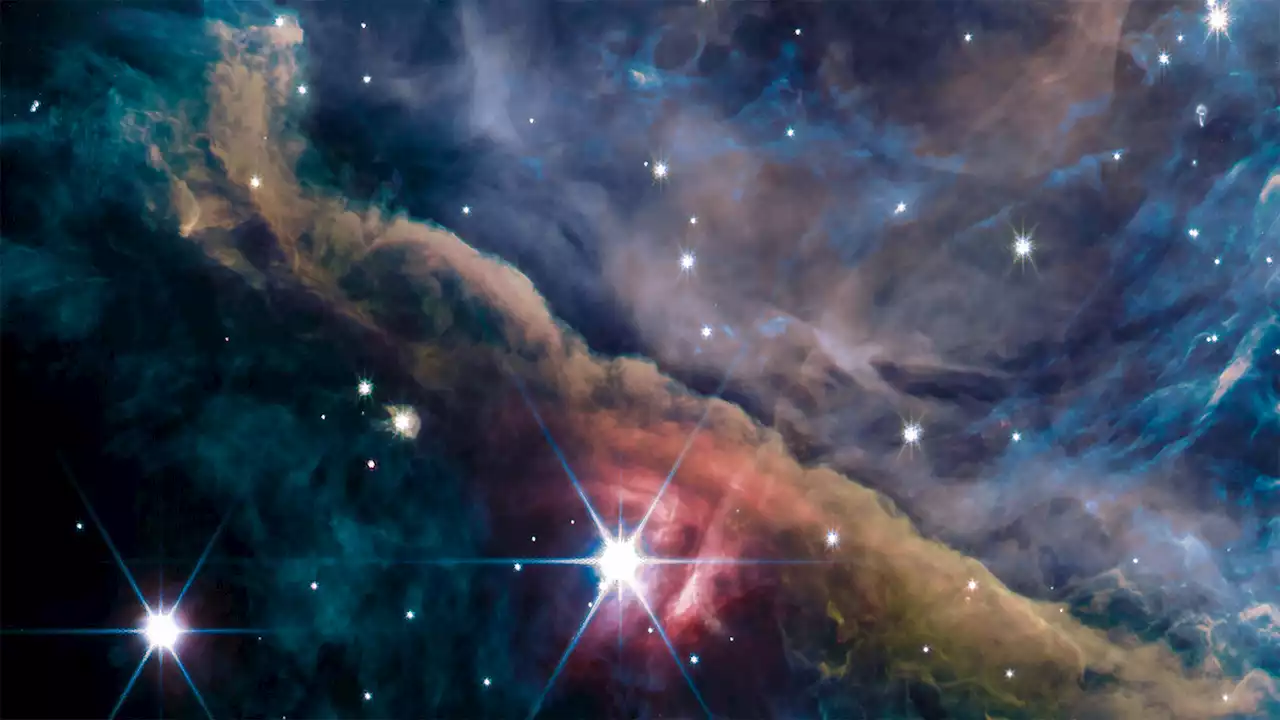 2 images show how incredible the James Webb Space Telescope truly isWhen compared to prior captures of the Orion Nebula, James Webb's true potential as the future of space observation becomes clear.
2 images show how incredible the James Webb Space Telescope truly isWhen compared to prior captures of the Orion Nebula, James Webb's true potential as the future of space observation becomes clear.
Read more »
